Herbs are an essential component of culinary traditions worldwide, adding flavor, aroma, and health benefits to countless dishes. From the robust, earthy notes of rosemary to the bright, citrusy zest of lemon balm, aromatic herbs can transform ordinary recipes into extraordinary culinary experiences. This list highlights some of the most coveted aromatic herbs for culinary use, exploring their unique characteristics, typical costs, and the roles they play in enhancing the flavors of various cuisines. Whether you’re a seasoned chef or a home cook, these herbs are invaluable additions to your kitchen.
Basil
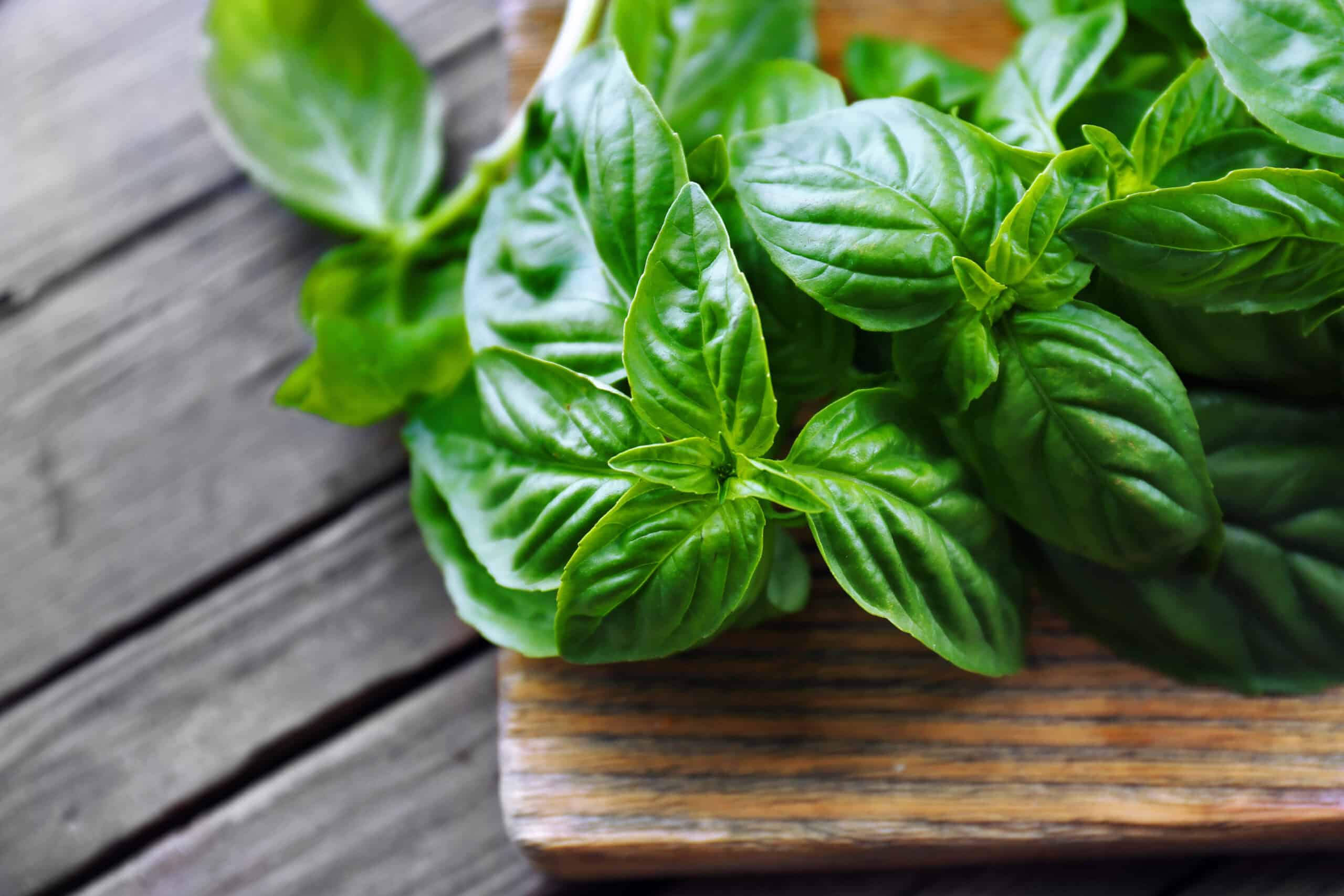
Basil, known for its vibrant green leaves and sweet, peppery flavor, is a staple in many cuisines, especially Italian. Its aromatic profile makes it ideal for pestos, salads, and pasta dishes. Fresh basil typically costs around $2 to $3 per bunch at grocery stores. Organic and specialty varieties, such as Thai or purple basil, can be more expensive, often priced at $4 to $5 per bunch. It’s also a popular herb for home gardening, appreciated for its ease of growth and versatility. Basil is rich in antioxidants and has anti-inflammatory properties, making it a healthy addition to your diet.
Rosemary
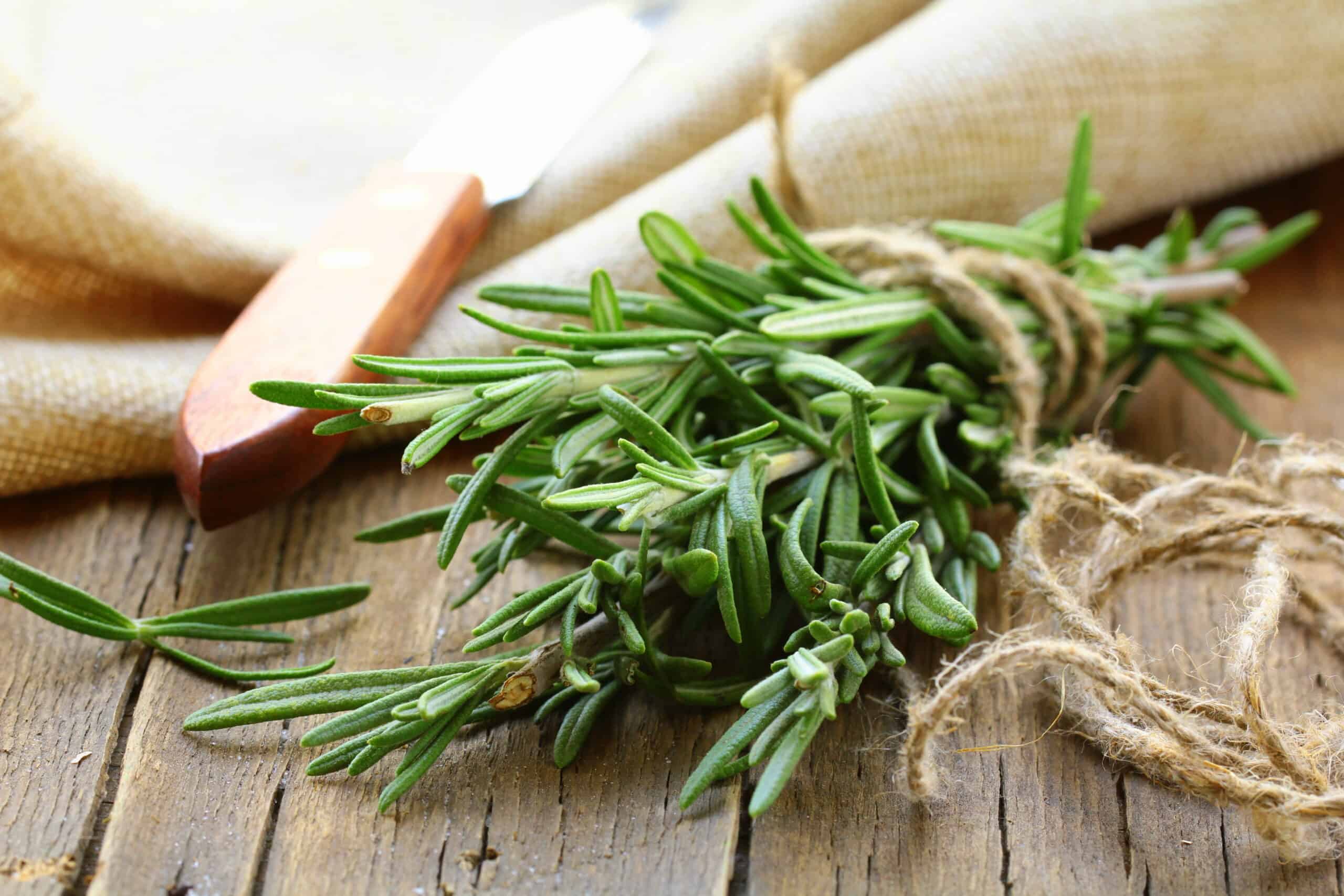
Rosemary is a robust herb with needle-like leaves and a pine-like aroma, perfect for roasts and marinades. Its strong, earthy scent pairs well with meats, particularly lamb and chicken. A small bunch of fresh rosemary usually costs about $2 to $3, while dried rosemary is slightly cheaper. Organic rosemary may cost a bit more, typically around $4 per bunch. Its hardy nature makes it a popular choice for herb gardens. Additionally, rosemary is known for its potential cognitive benefits, often linked to improved memory and concentration.
Thyme
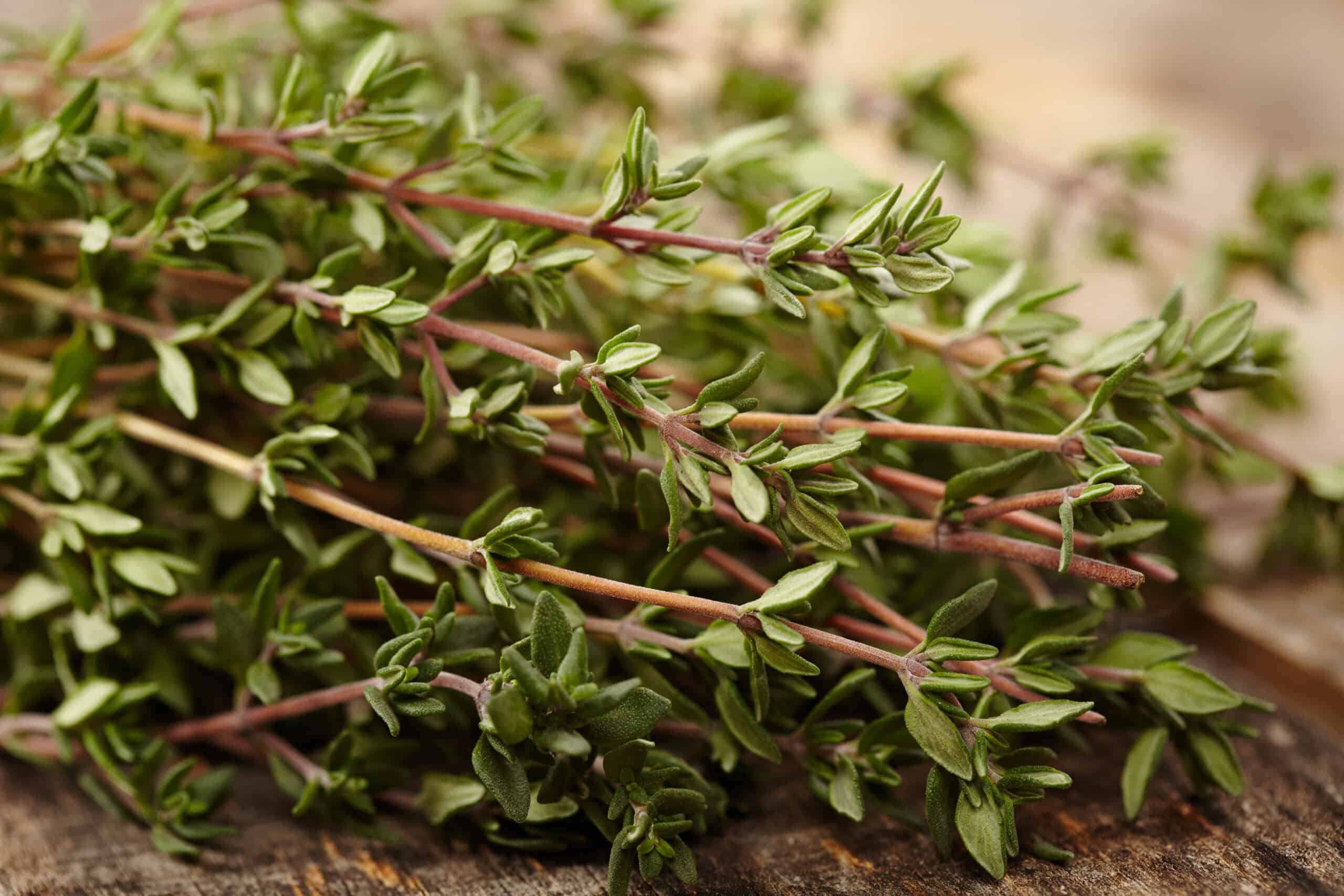
Thyme, with its small leaves and potent flavor, is essential in French cuisine and herb blends like bouquet garni and herbes de Provence. Its earthy and slightly minty taste complements soups, stews, and roasted vegetables. Fresh thyme is usually priced at $2 to $3 per bunch, while dried thyme is a bit more affordable. Organic thyme can be found for $3 to $4 per bunch. It’s also valued for its medicinal properties and is a common garden herb. Thyme is rich in vitamins C and A, as well as iron, making it a nutritious addition to meals.
Mint
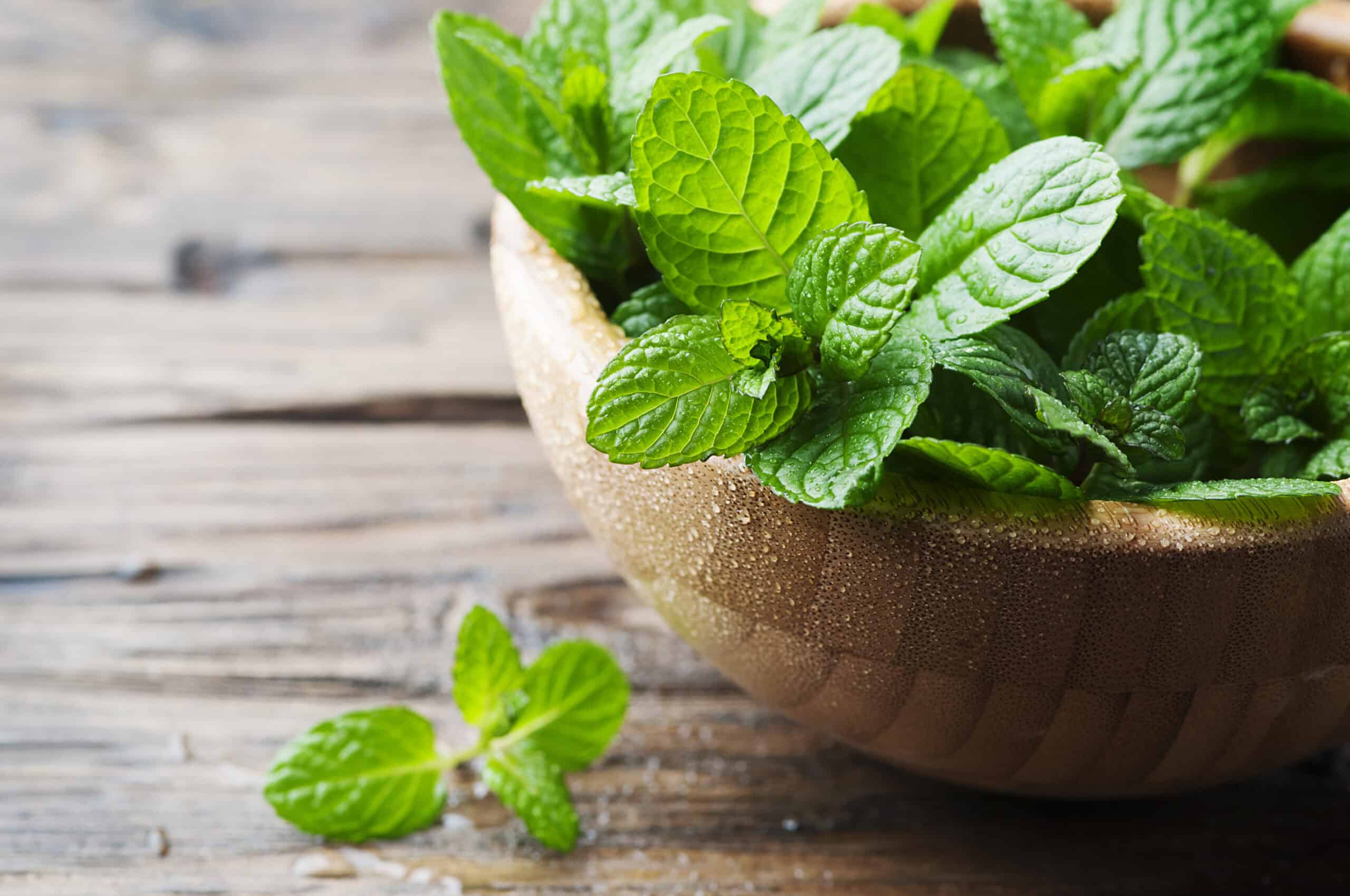
Mint, famous for its refreshing and cool taste, is widely used in both sweet and savory dishes, from mojitos to lamb. The herb’s vibrant green leaves are a staple in Middle Eastern cuisine. Fresh mint typically costs around $2 to $3 per bunch, with organic varieties priced slightly higher at $4. Mint is easy to grow at home, often thriving with minimal care. Its versatility and fresh flavor make it a kitchen favorite. Mint is also known for its digestive benefits and is often used to soothe stomach issues.
Oregano
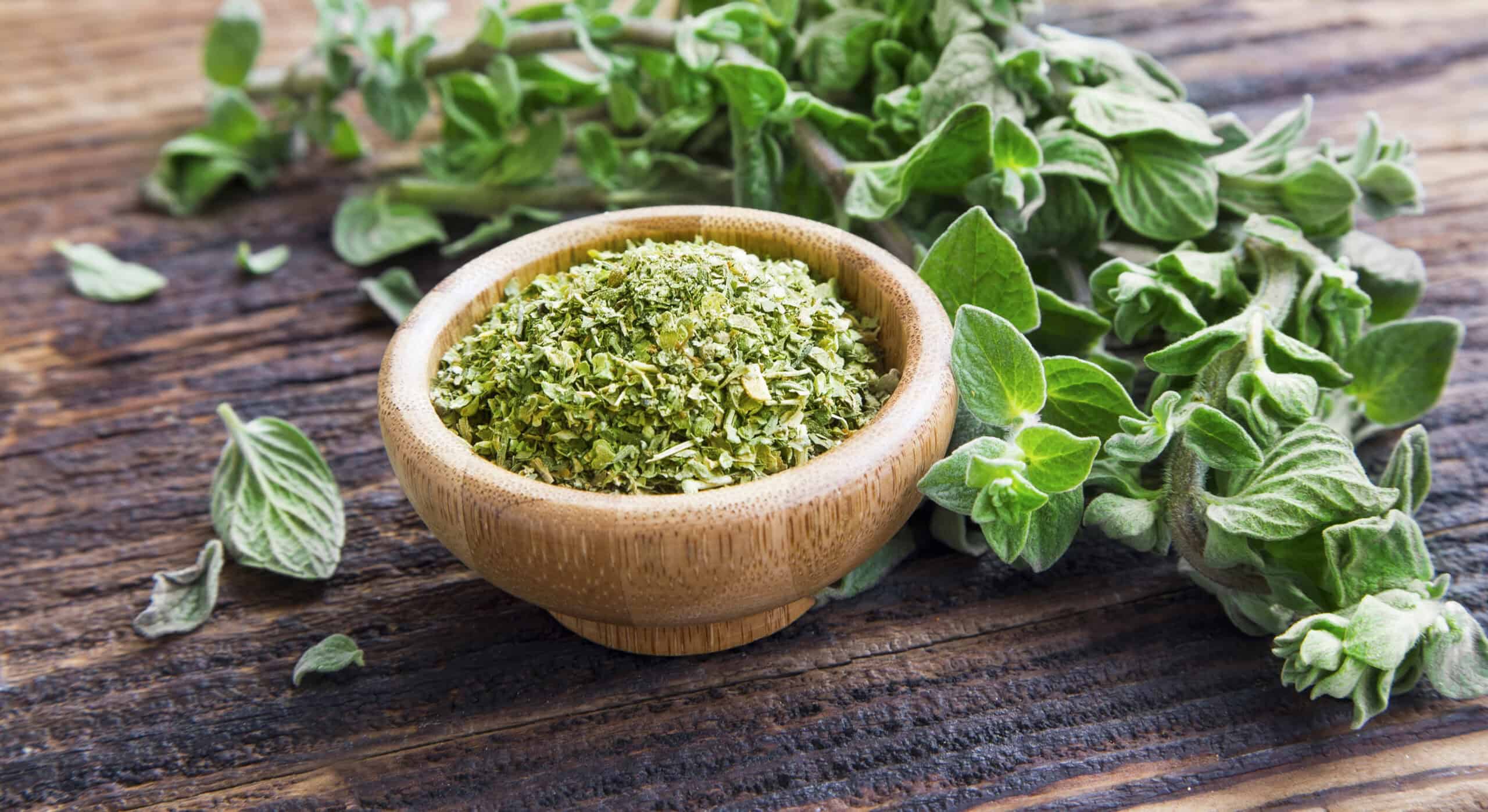
Oregano, with its robust and slightly bitter flavor, is a cornerstone of Mediterranean cooking. It’s often used in pizza sauces, Greek salads, and meat dishes. Fresh oregano usually costs $2 to $3 per bunch, while dried oregano is less expensive. Organic oregano can be found for around $3 to $4 per bunch. Its strong aroma and flavor are also popular in herb gardens and for culinary purposes. Oregano is packed with antioxidants and has antibacterial properties, making it a healthy choice for adding flavor to dishes.
Cilantro
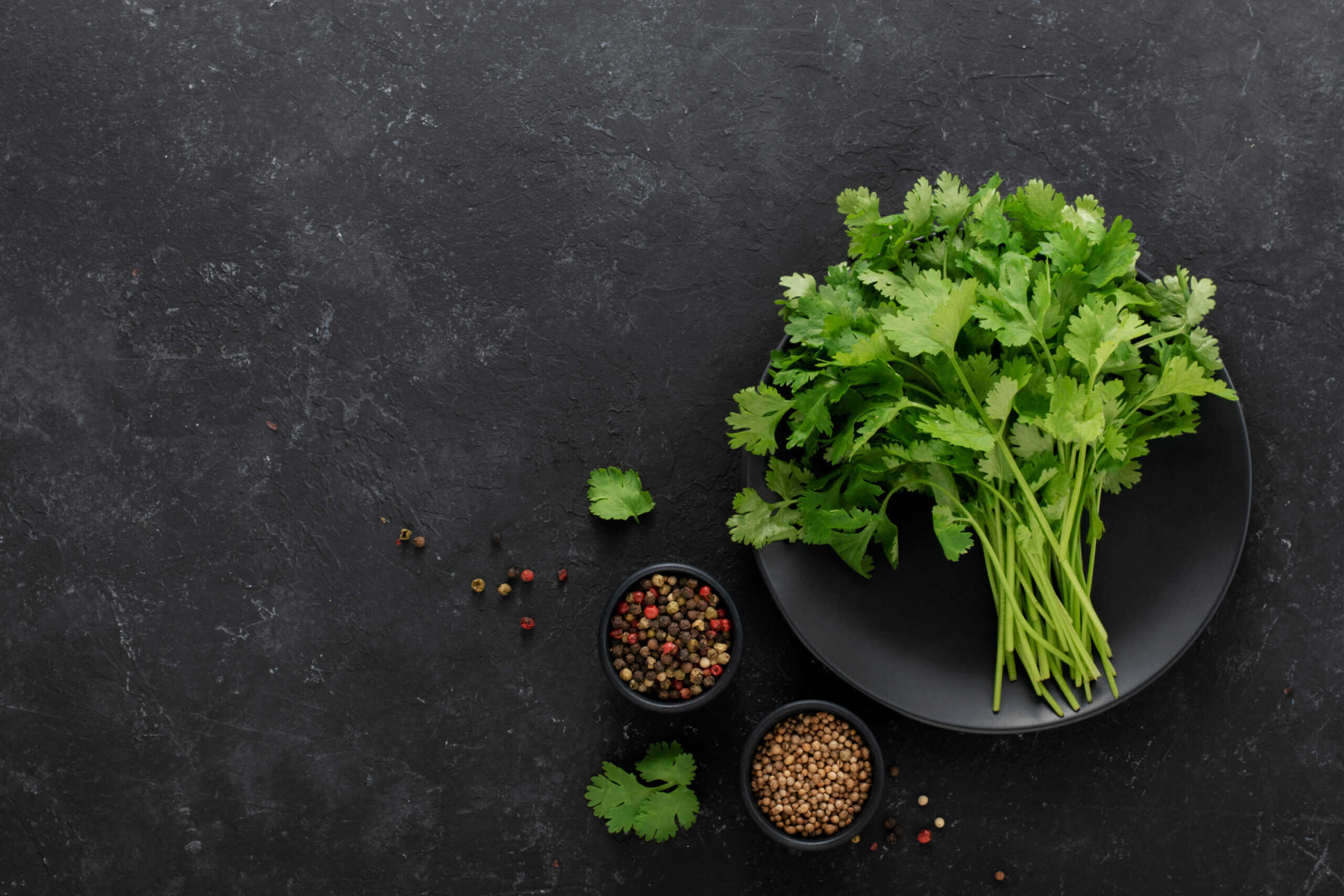
Cilantro, known for its distinct and pungent aroma, is indispensable in many Latin American and Asian dishes. It adds a fresh, citrusy flavor to salsas, curries, and salads. Fresh cilantro is typically priced at $1 to $2 per bunch, making it one of the more affordable herbs. Organic cilantro might cost around $2 to $3 per bunch. Its unique flavor profile often divides opinions, but it’s highly prized in culinary circles. Cilantro is also rich in vitamins A, C, and K, as well as being known for its potential detoxifying properties.
Parsley
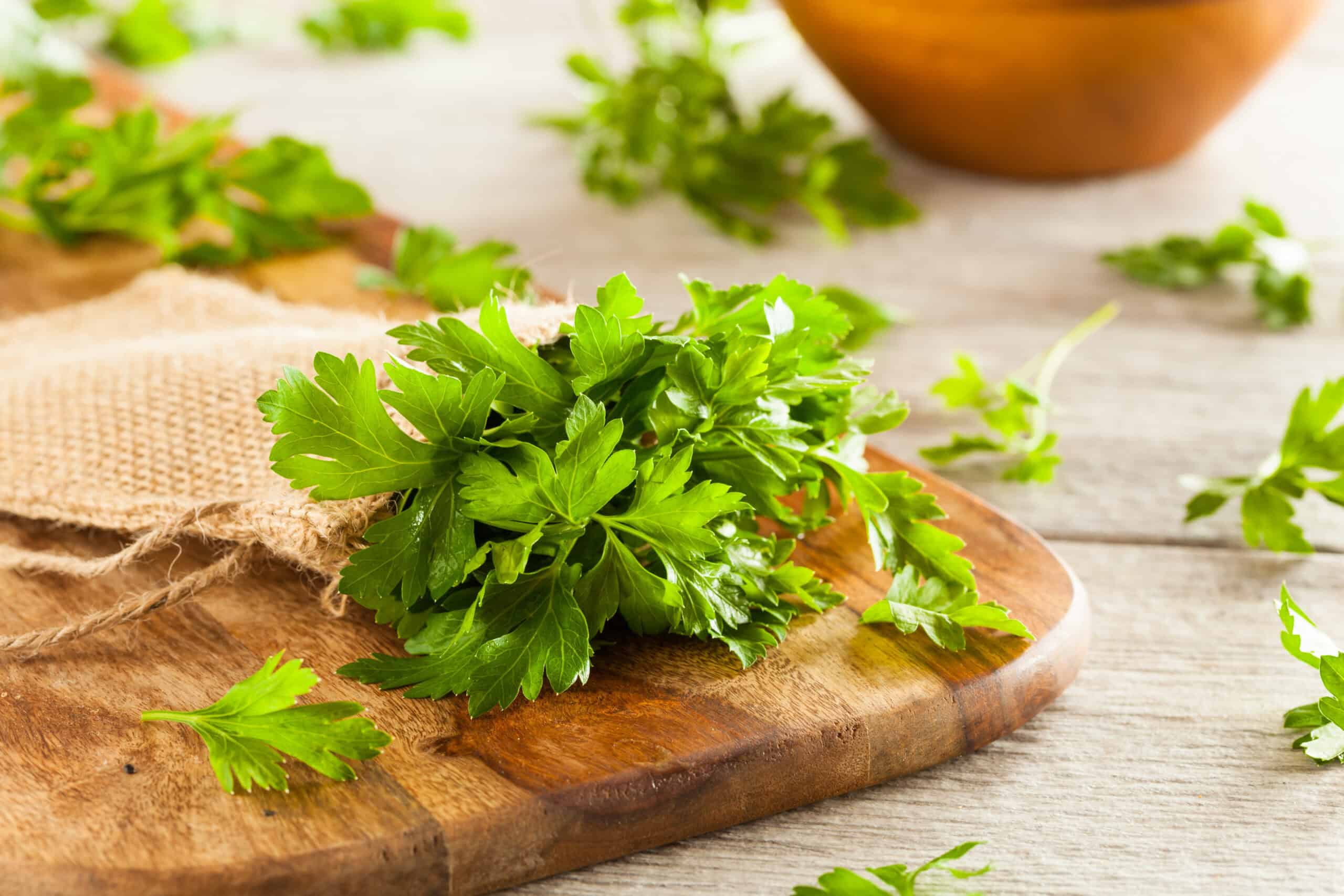
Parsley, with its bright, slightly peppery flavor, is a versatile herb used both as a garnish and a key ingredient in many dishes. It’s often seen in Mediterranean and Middle Eastern cuisines. Fresh parsley is usually very affordable, costing around $1 to $2 per bunch. Organic parsley is slightly more expensive, priced at $2 to $3 per bunch. Its widespread use and ease of growth make it a staple in kitchens worldwide. Parsley is high in vitamins K, C, and A, and is known for its potential benefits in supporting bone health.
Dill
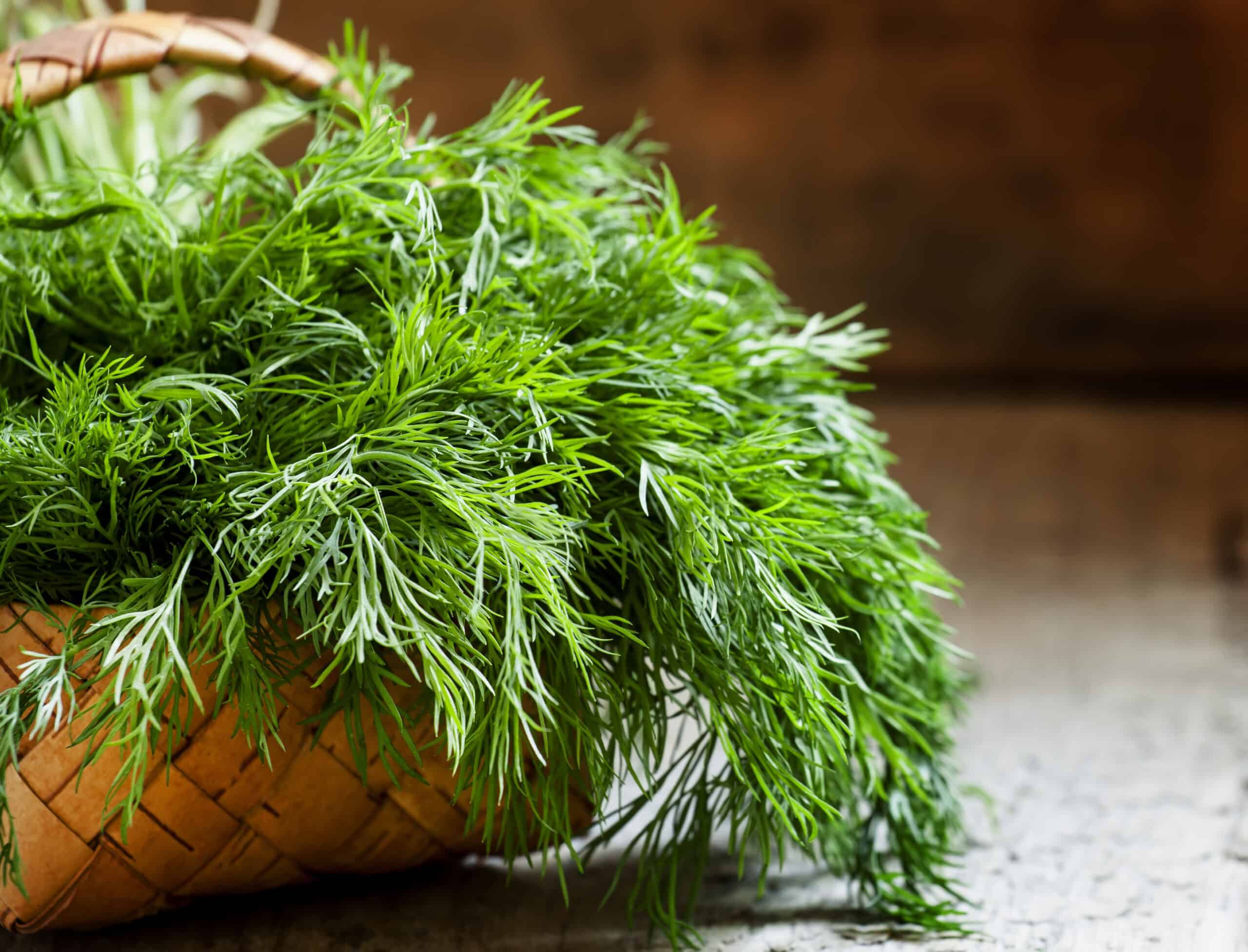
Dill, known for its feathery leaves and fresh, slightly sweet flavor, is essential in pickling and Scandinavian cuisine. It pairs wonderfully with fish, potatoes, and sauces. Fresh dill typically costs $2 to $3 per bunch, while dried dill is less expensive. Organic dill is priced at around $3 to $4 per bunch. Its delicate flavor and culinary versatility make it a prized herb in many kitchens. Dill is also rich in antioxidants and has been traditionally used to aid digestion and soothe colic.
Chives
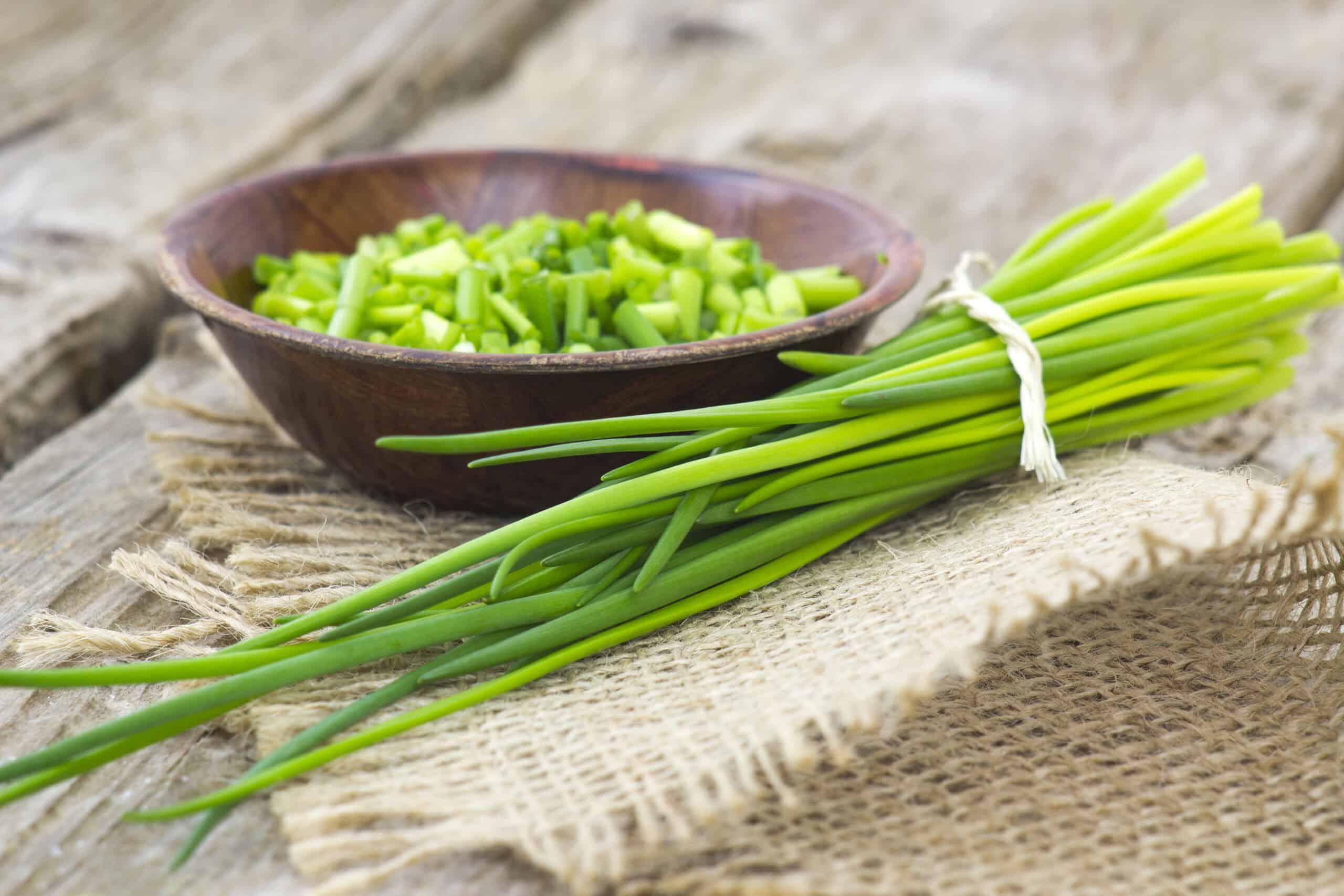
Chives, with their mild onion flavor and vibrant green color, are used as a garnish and in various dishes like soups, salads, and sauces. Fresh chives usually cost about $2 to $3 per bunch. Organic chives can be found for slightly more, around $3 to $4 per bunch. They are easy to grow in a garden or windowsill, making them a popular choice for home cooks. Chives are a good source of vitamins A and C and have been linked to supporting the immune system and vision health.
Sage
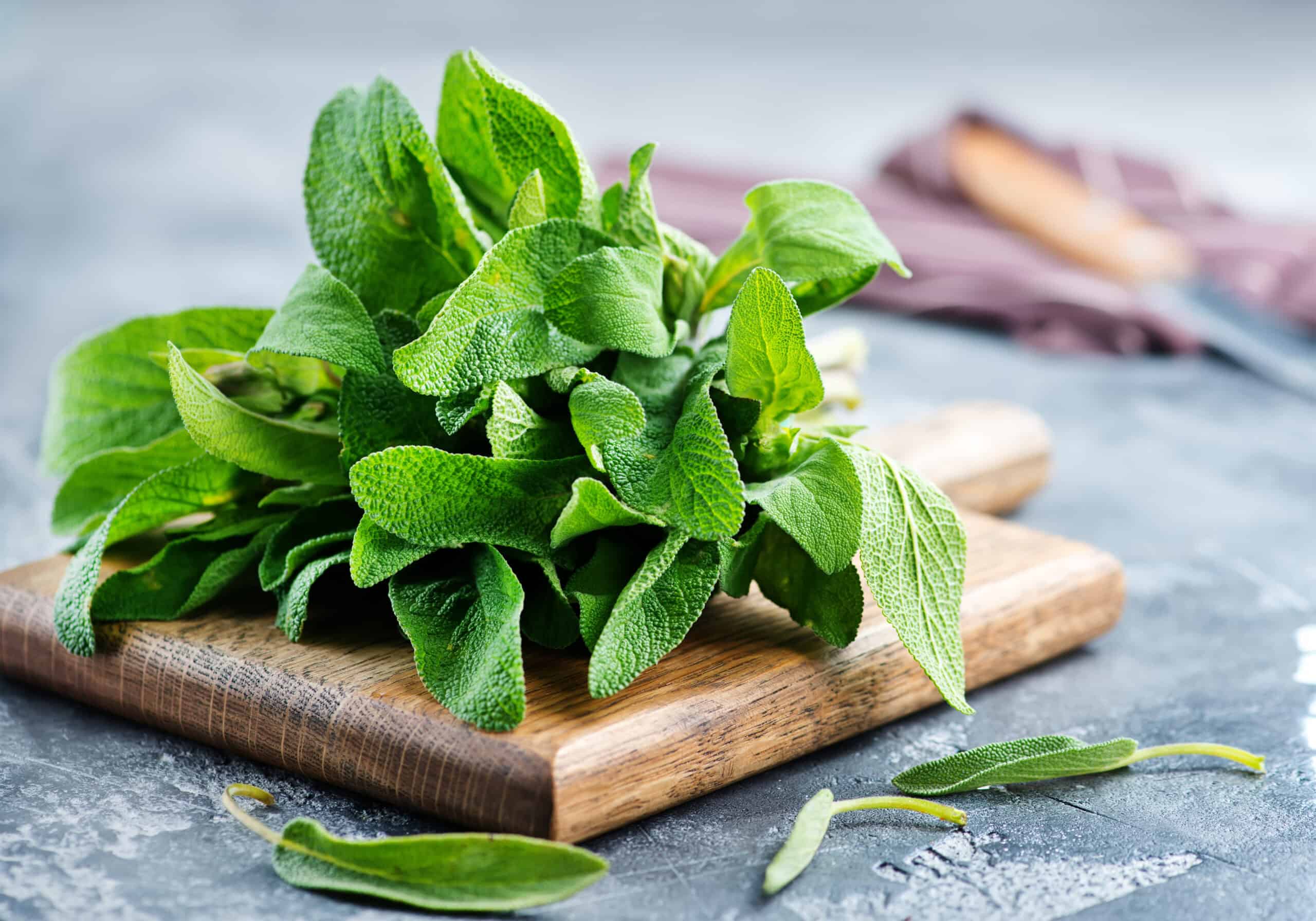
Sage, known for its earthy and slightly peppery flavor, is a key herb in poultry dishes, stuffing, and sausage. Its robust aroma also makes it popular in fall and winter recipes. Fresh sage typically costs $2 to $3 per bunch, with dried sage being less expensive. Organic sage can be priced at around $3 to $4 per bunch. Its distinctive flavor and culinary uses make it a favorite in many kitchens. Sage is also known for its anti-inflammatory and antioxidant properties, as well as potential cognitive benefits.
Tarragon
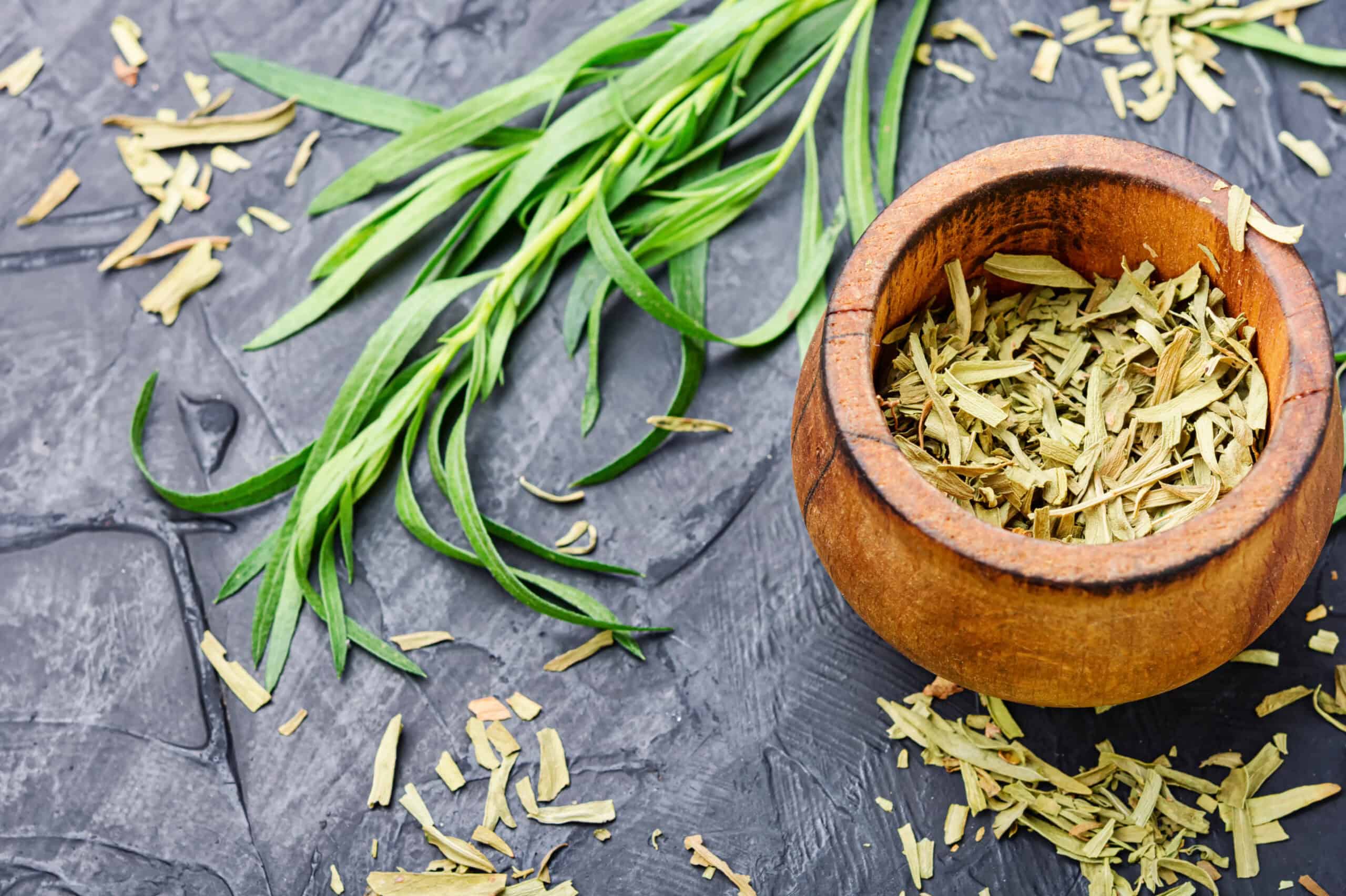
Tarragon, with its anise-like flavor and delicate leaves, is a classic herb in French cuisine. It pairs excellently with chicken, fish, and egg dishes. Fresh tarragon is usually priced at $3 to $4 per bunch, making it one of the more expensive fresh herbs. Organic tarragon can cost around $4 to $5 per bunch. Its unique flavor and culinary importance make it highly sought after by chefs. Tarragon is also known for its potential digestive benefits and is rich in vitamins A and C.
Marjoram
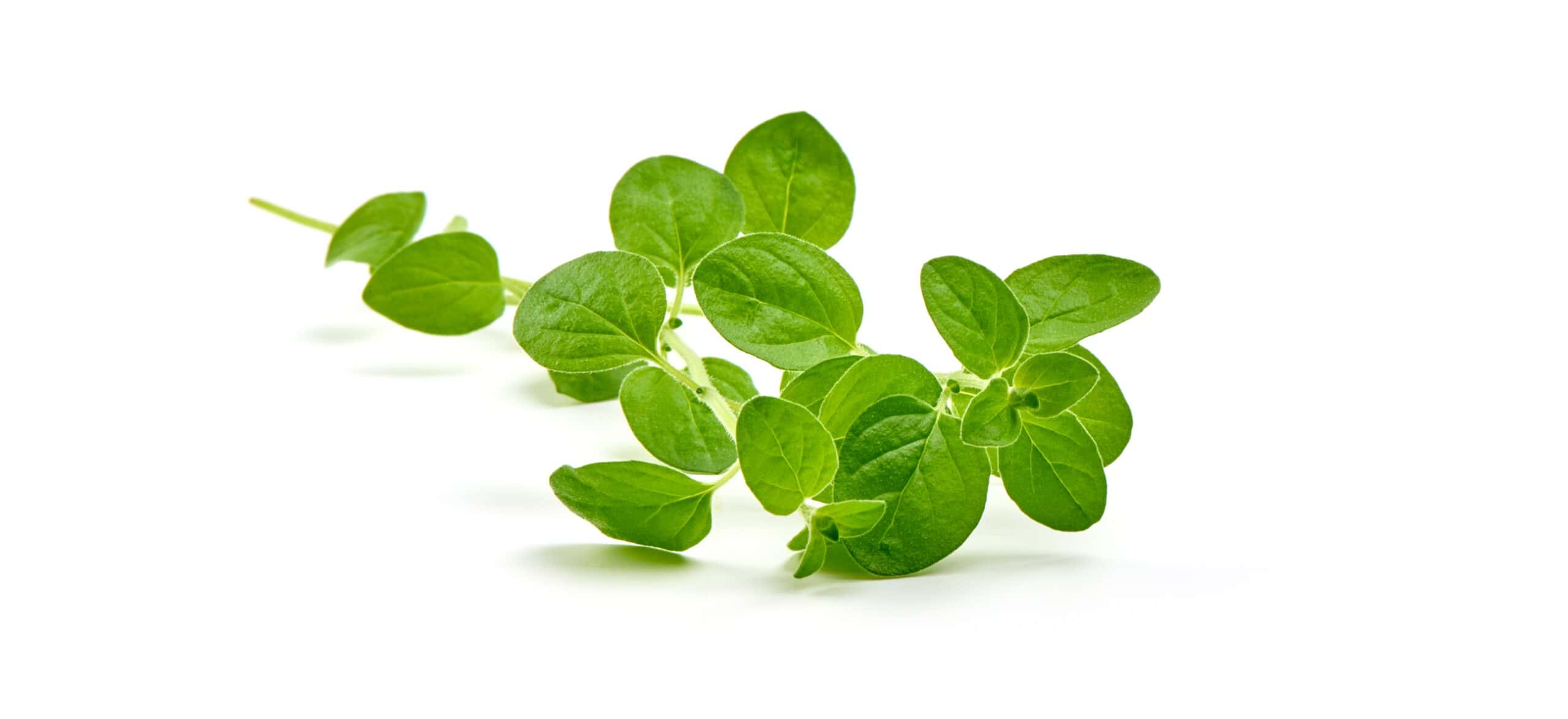
Marjoram, similar to oregano but milder and sweeter, is used in many Mediterranean and Middle Eastern dishes. It’s often added to soups, stews, and sauces for a subtle flavor boost. Fresh marjoram typically costs $2 to $3 per bunch, with dried marjoram being slightly cheaper. Organic marjoram is priced at around $3 to $4 per bunch. Its gentle flavor makes it a versatile addition to various recipes. Marjoram is also known for its potential anti-inflammatory and antimicrobial properties.
Bay Leaves
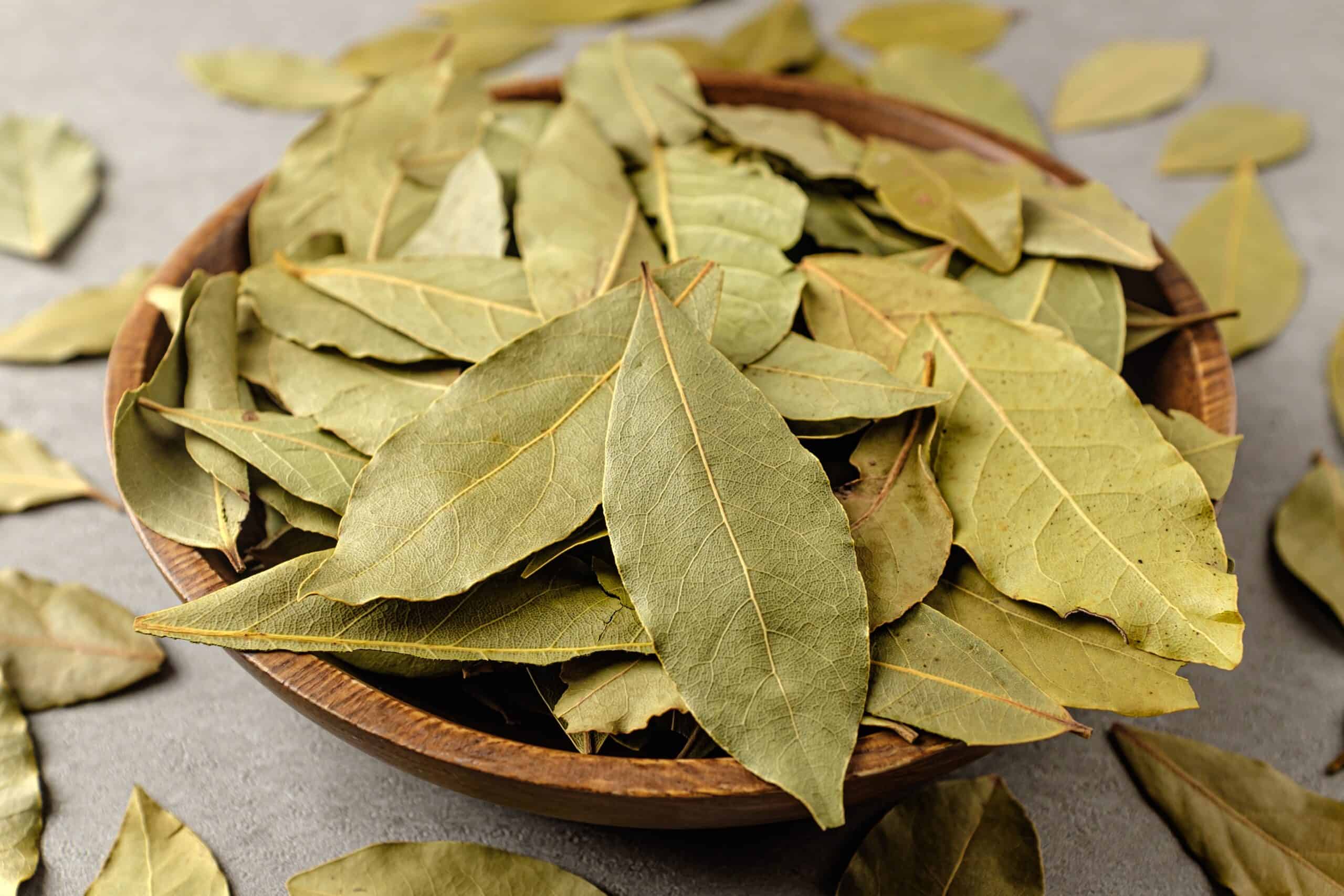
Bay leaves, known for their subtle, aromatic flavor, are a staple in slow-cooked dishes like soups, stews, and braises. They are usually used dried, with a jar of dried bay leaves costing around $3 to $4. Fresh bay leaves are less common but can be found for around $2 to $3 per bunch. Organic bay leaves are priced slightly higher, typically around $4. Their ability to enhance flavors over long cooking times makes them invaluable in the kitchen. Bay leaves are also known for their potential digestive and anti-inflammatory benefits.
Lemon Balm
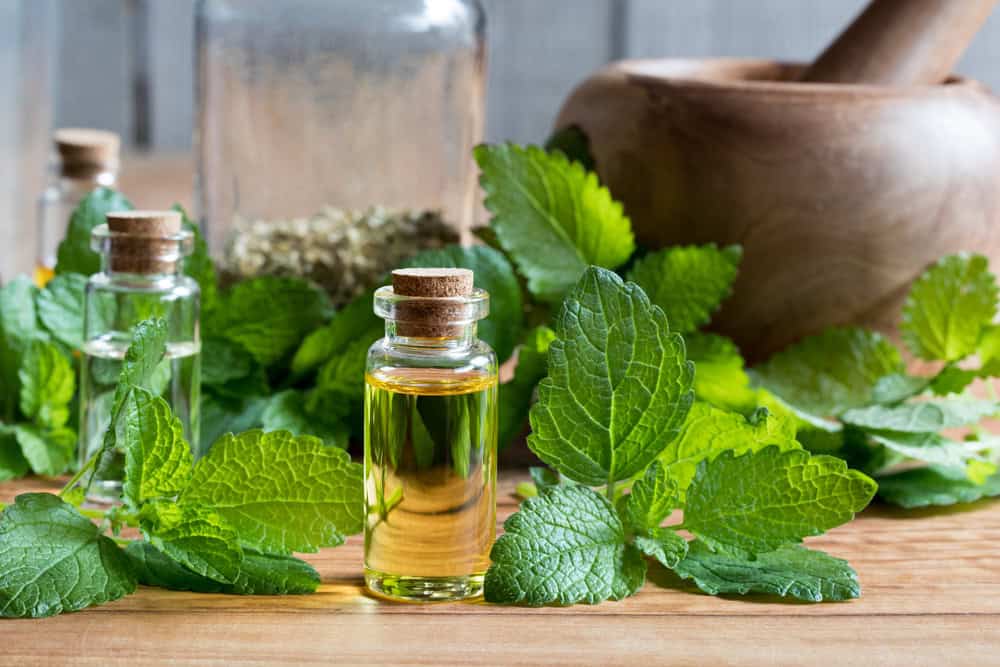
Lemon balm, with its bright, lemony scent and flavor, is used in both culinary and medicinal applications. It’s often added to teas, salads, and desserts for a fresh, citrusy note. Fresh lemon balm typically costs $2 to $3 per bunch, with organic varieties priced slightly higher at $3 to $4. Its refreshing flavor and versatility make it a popular herb in many kitchens. Lemon balm is also known for its calming effects and potential benefits for anxiety and sleep.
Fennel Fronds
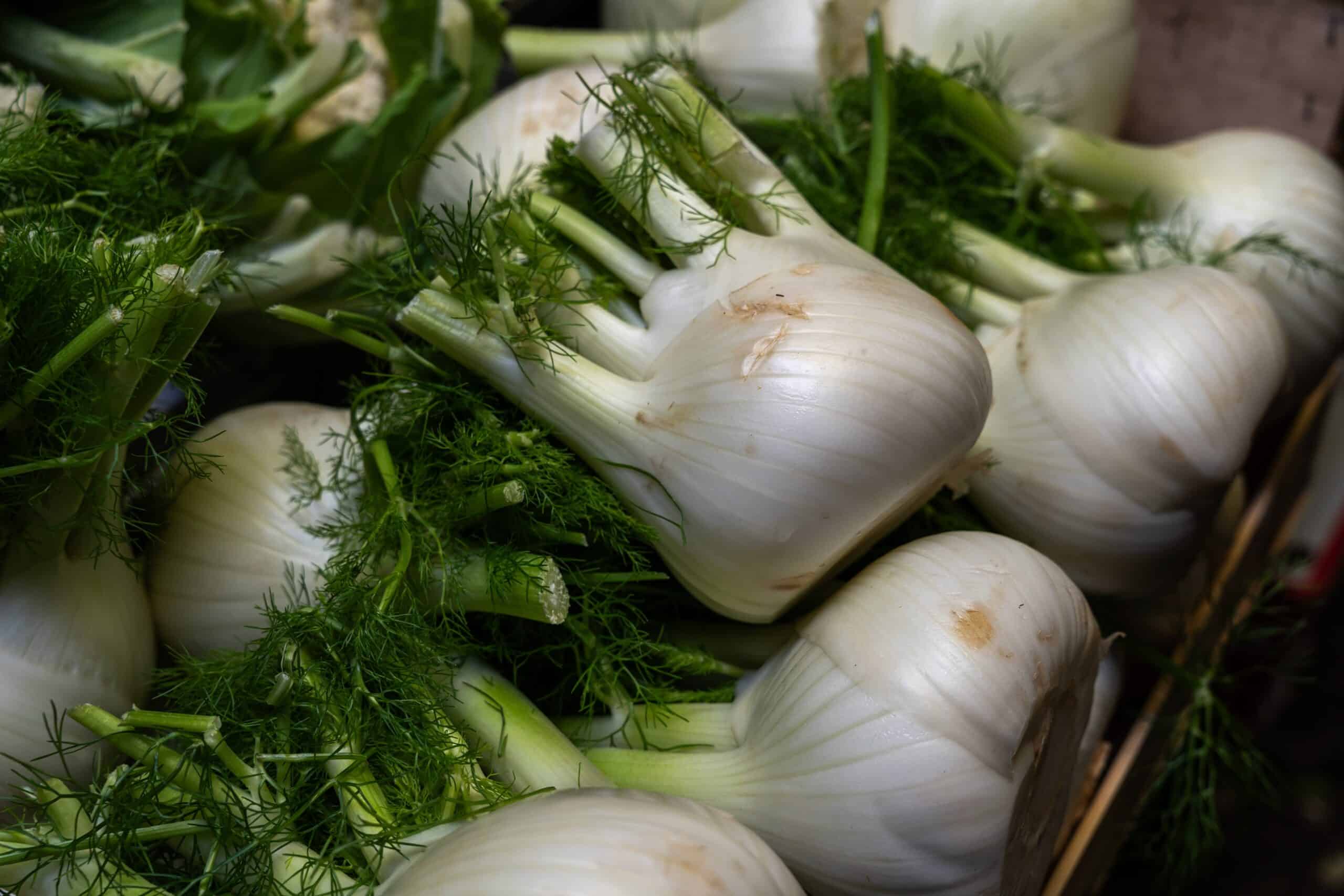
Fennel fronds, with their delicate, feathery leaves and subtle anise flavor, are used as a garnish and in salads and seafood dishes. Fresh fennel, including the bulb and fronds, usually costs around $2 to $3 per bulb. Organic fennel can be found for slightly more, typically around $3 to $4 per bulb. The fronds add a fresh and unique flavor to various dishes, making them a coveted herb. Fennel is also rich in fiber and vitamin C, and has been traditionally used to support digestion.
Lovage
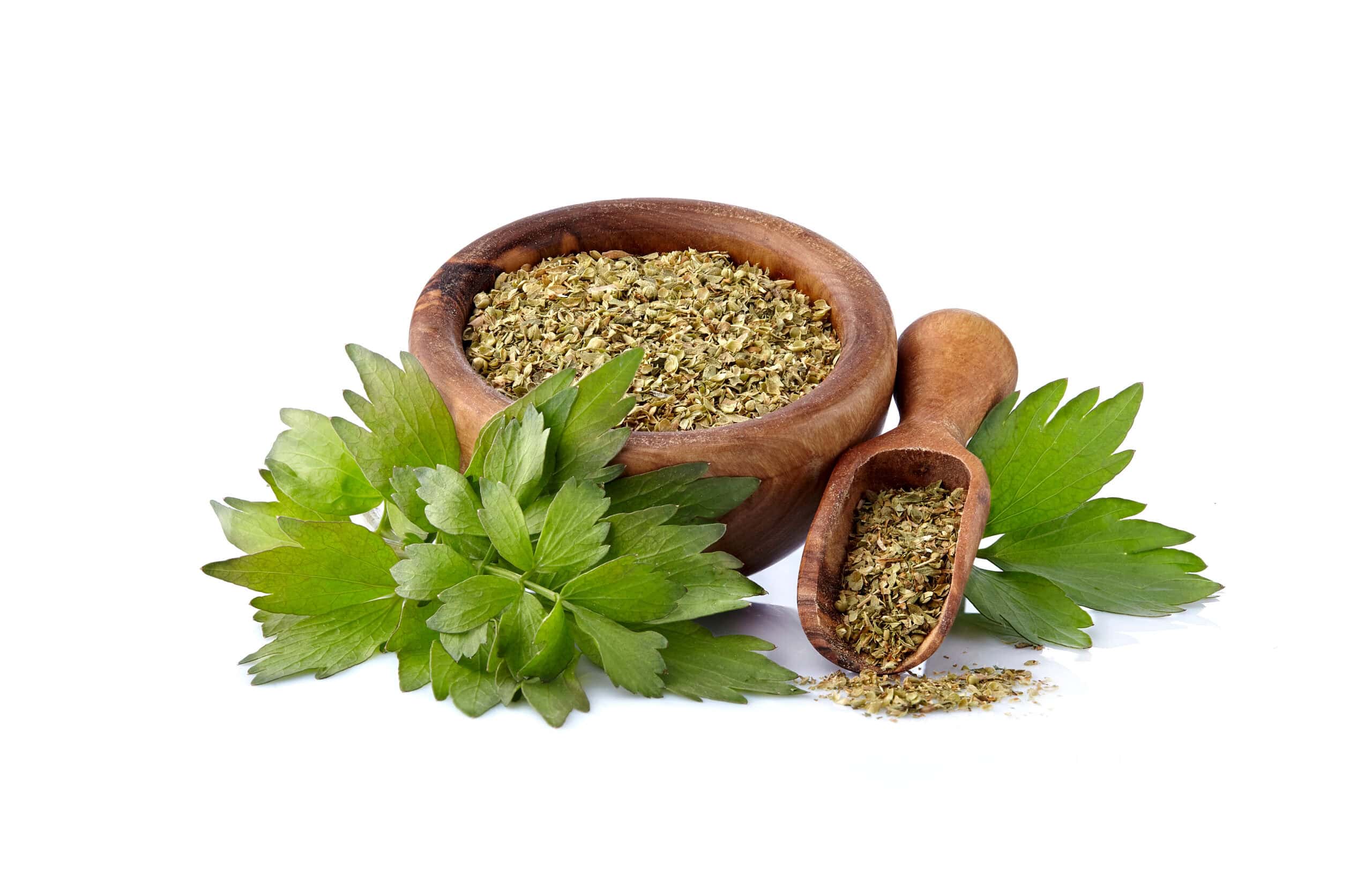
Lovage, with its celery-like flavor and robust aroma, is used in soups, stews, and salads. Fresh lovage is somewhat rare and can cost around $3 to $4 per bunch. Organic lovage is slightly more expensive, typically around $4 to $5 per bunch. Its strong flavor and versatility in cooking make it a valuable addition to any herb garden. Lovage is also known for its potential diuretic and digestive benefits.
Sorrel
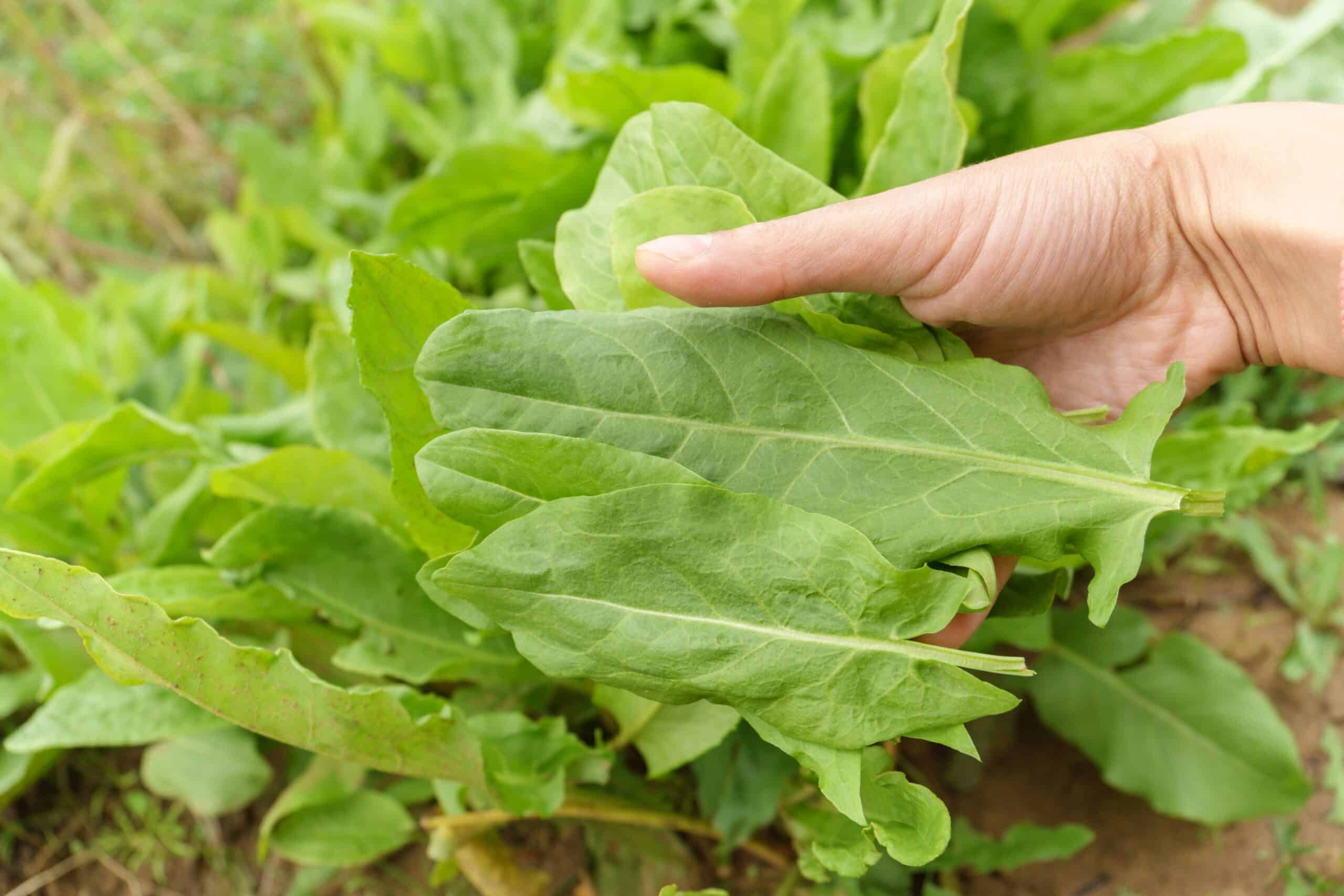
Sorrel, known for its tart, lemony flavor, is used in soups, salads, and sauces. Fresh sorrel usually costs around $2 to $3 per bunch, while organic varieties are slightly more expensive at $3 to $4. Its unique flavor and versatility in culinary applications make it a valuable herb in many kitchens. Sorrel is also rich in vitamins A and C and has traditionally been used for its potential benefits in promoting digestion and reducing inflammation. It’s a popular choice for adding a bright, tangy note to a variety of dishes.
Hyssop
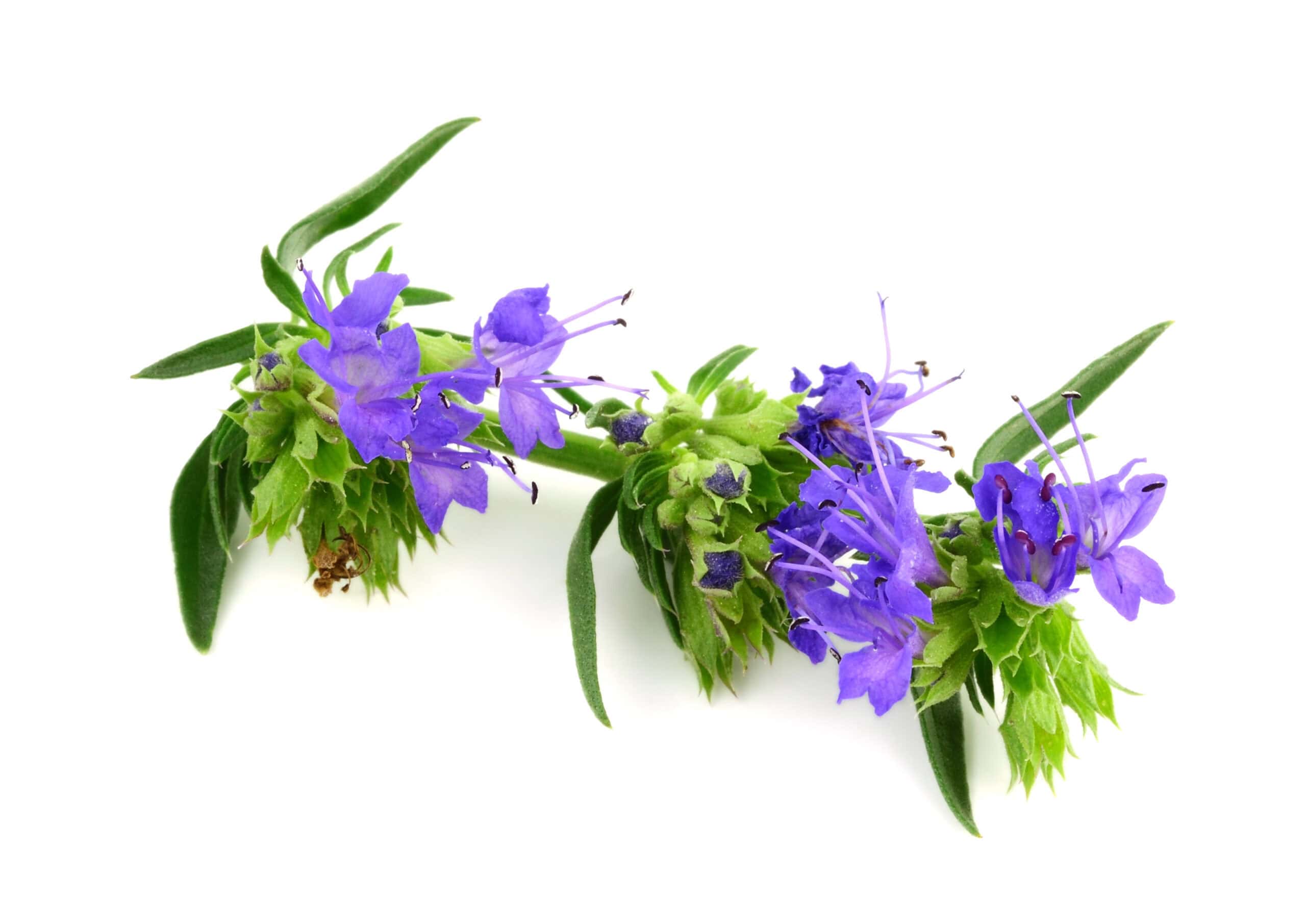
Hyssop, with its slightly minty and bitter flavor, is used in soups, stews, and herbal liqueurs. Fresh hyssop typically costs $3 to $4 per bunch, making it one of the more expensive fresh herbs. Organic hyssop can be found for slightly more, around $4 to $5 per bunch. Its unique flavor and versatility in culinary applications make it a valuable herb in many kitchens. Hyssop is also known for its potential health benefits, including its use in traditional medicine for respiratory and digestive issues, as well as its antioxidant properties.
This article originally appeared on Rarest.org.
More From Rarest.Org
Amphibians have thrived on Earth for millions of years, yet many species are now teetering on the brink of extinction. Human activities such as habitat destruction, pollution, climate change, and disease have significantly impacted their populations. Read more.
Wolves are among the most fascinating and diverse animals in the wild, with various species and subspecies adapted to different environments across the globe. While many people are familiar with the iconic gray wolf, there are several lesser-known species that are equally intriguing and unique. Read more.
Collecting limited edition toys has become a passion for many enthusiasts around the world. These rare items hold significant value, not only for their nostalgic appeal but also for their unique craftsmanship and historical significance. Read more.



